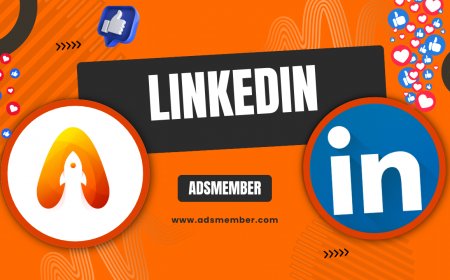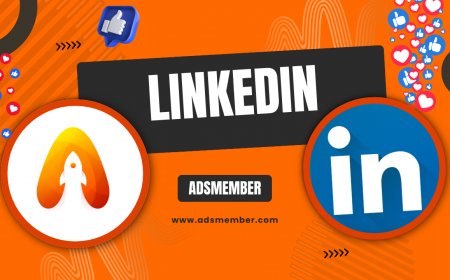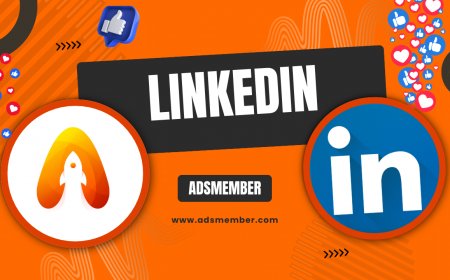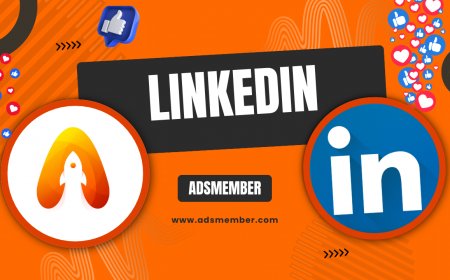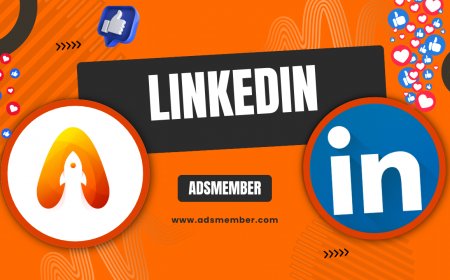Mastering LinkedIn Marketing: Strategies for Real Growth
Unlock the power of LinkedIn marketing with proven strategies for growth. Learn actionable tips, content ideas, and analytics hacks to boost your B2B presence…
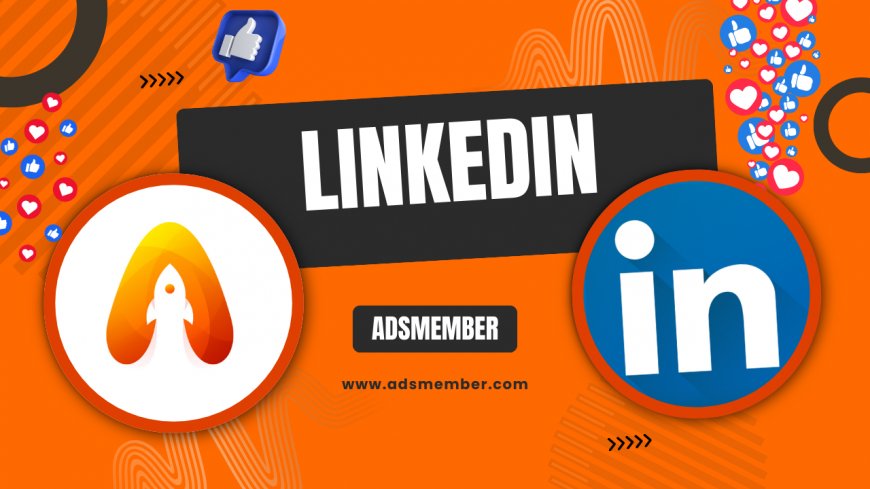
linkedin-ads-strategies-for-real-results">LinkedIn isn’t just a platform for job seekers or recruiters—it’s a goldmine for businesses and professionals looking to grow their brand. With over 900 million users worldwide (according to LinkedIn’s official stats), it’s the go-to space for B2B marketing and networking. Honestly, if you’re not leveraging LinkedIn marketing, you’re leaving money on the table. In my opinion, it’s the most underutilized platform for generating high-quality leads. Let’s dive into actionable strategies to help you master LinkedIn and see real results.
Why LinkedIn Marketing Is a Game-Changer for B2B
Unlike Instagram or TikTok, LinkedIn is built for professional connections, making it the ideal platform for B2B marketing. Its audience is decision-makers—CEOs, managers, and industry leaders—who are actively seeking solutions. A 2022 report from Statista shows that 80% of B2B leads generated on social media come from LinkedIn (Statista). That’s a staggering number! If you’re in the B2B space, this is where your clients are hanging out.
What sets LinkedIn apart is its focus on trust and authority. People aren’t scrolling for memes; they’re looking for insights, case studies, and expertise. In my experience, a well-crafted LinkedIn post can drive more engagement than a flashy ad on other platforms. The key? Deliver value consistently. Let’s explore how to build that presence.
Understanding LinkedIn’s Unique Audience
LinkedIn users are professionals with intent. They’re not just browsing—they’re researching vendors, networking, or learning. This makes your content strategy critical. You’re not selling to casual consumers; you’re speaking to people who value data and results. Tailor your messaging to address pain points with solutions-driven content.
For instance, I once worked with a SaaS client who struggled with low engagement. We shifted their focus to posting industry reports and actionable tips instead of generic updates. Within three months, their impressions doubled, and they landed two major clients directly from LinkedIn. It’s all about knowing who you’re talking to.
Crafting a Winning LinkedIn Content Strategy
Content is king on LinkedIn, but not just any content. You need posts that position you as an authority while sparking conversations. Honestly, I’ve seen too many brands post bland updates that get zero traction. The trick is to blend educational content with personal stories. Let’s break down the types of content that work best for LinkedIn marketing.
Types of Content That Drive Engagement
- Thought Leadership Posts: Share insights on industry trends or challenges. For example, write about how AI is changing your niche.
- Case Studies: Highlight client success stories with hard numbers. People trust real results over promises.
- Polls and Questions: Ask your audience for opinions. It’s a simple way to boost comments and visibility.
- Personal Stories: Share a lesson learned or a career milestone. Authenticity resonates on LinkedIn.
Here’s a unique tip: Repurpose long-form content into bite-sized posts. I’ve taken a single 1,500-word blog post from a client’s site, like one on LinkedIn Growth Hacks, and turned it into a 5-part LinkedIn series. Each post teased a key point with a call-to-action to read the full piece. The result? A 40% spike in profile visits over two weeks. Try it—it’s a game-changer.
Posting Frequency and Timing
Consistency matters, but don’t overdo it. Posting 3–5 times a week is ideal for most brands. According to LinkedIn’s internal data, engagement peaks on weekdays, especially Tuesday through Thursday, between 9 AM and 12 PM. Schedule your posts during these windows to maximize reach.
That said, test your audience. I’ve had clients see better results posting late afternoons because their audience (think executives) checks LinkedIn after meetings. Use LinkedIn Analytics to track what works. It’s not a one-size-fits-all approach, and that’s the beauty of data-driven marketing.
Leveraging LinkedIn Analytics for Smarter Marketing
If you’re not diving into LinkedIn Analytics, you’re flying blind. This tool gives you raw data on who’s viewing your profile, engaging with your posts, and clicking your links. In my opinion, it’s one of the most powerful free tools for refining your LinkedIn marketing strategy. Let’s unpack how to use it effectively.
Key Metrics to Monitor
Start with impressions and engagement rates. Impressions tell you how many people saw your post, while engagement (likes, comments, shares) shows how many cared enough to interact. A low engagement rate—say, under 2%—means your content isn’t resonating. Compare this to industry benchmarks; for B2B, 3–5% is solid.
Next, check your follower demographics. Are you reaching the right job titles or industries? I once discovered a client’s audience skewed toward junior staff instead of decision-makers. We pivoted to more strategic content, like whitepaper links, and saw a 25% increase in C-suite engagement. Data doesn’t lie—use it.
Using Insights to Pivot
Analytics isn’t just for reporting; it’s for action. If a post flops, analyze why. Was the headline weak? Did it lack a call-to-action? Conversely, double down on what works. I’ve replicated viral post formats for clients—think storytelling with stats—and consistently seen high engagement. Treat LinkedIn like a lab; test, tweak, repeat.

Pros and Cons of LinkedIn Marketing
Like any platform, LinkedIn has its strengths and weaknesses. Here’s a quick list to help you weigh its value for your business. I’ve seen these play out firsthand with clients across industries.
- Pros:
- Highly targeted B2B audience for lead generation.
- Strong focus on professional credibility and trust.
- Robust analytics for data-driven decisions.
- Cons:
- Higher cost for paid ads compared to other platforms.
- Slower organic growth without consistent effort.
FAQ: How Often Should I Post on LinkedIn for Marketing?
For most brands, posting 3–5 times per week strikes the right balance between visibility and avoiding audience fatigue. Focus on quality over quantity—share valuable insights or stories. Test different frequencies using LinkedIn Analytics to see what drives engagement for your specific audience.
FAQ: What’s the Best Content Type for LinkedIn Marketing?
Thought leadership posts and case studies tend to perform best, as they build authority and trust. Mix in polls or personal stories to boost interaction. Always align content with your audience’s pain points for maximum impact.
FAQ: Are LinkedIn Ads Worth It for Marketing?
Yes, especially for B2B lead generation, but they’re pricey. LinkedIn Ads excel at targeting specific job titles or industries, delivering high-quality leads. Start with a small budget, test campaigns, and scale what works using analytics insights.
What's Your Reaction?
 Like
0
Like
0
 Dislike
0
Dislike
0
 Love
0
Love
0
 Funny
0
Funny
0
 Angry
0
Angry
0
 Sad
0
Sad
0
 Wow
0
Wow
0




































